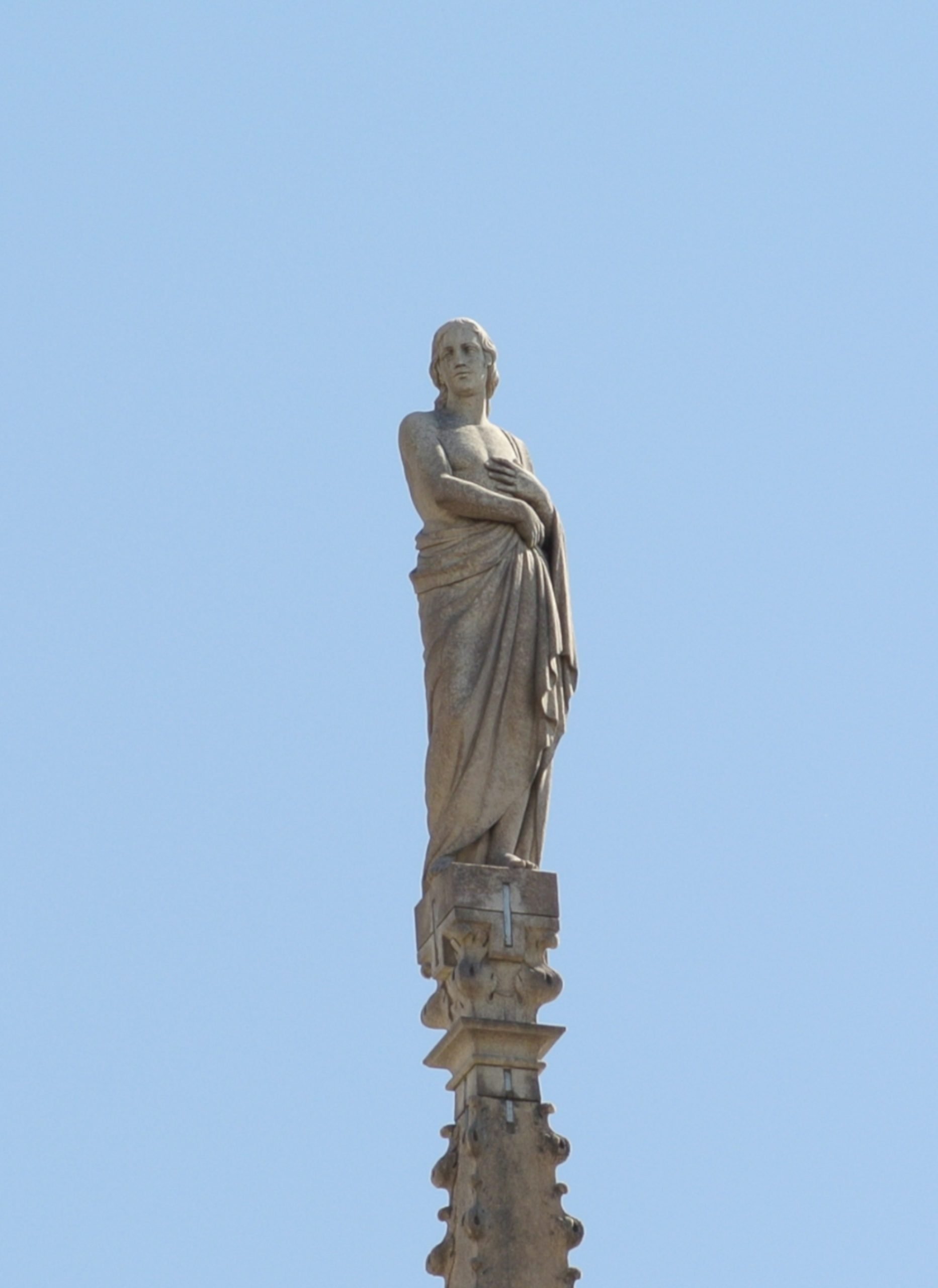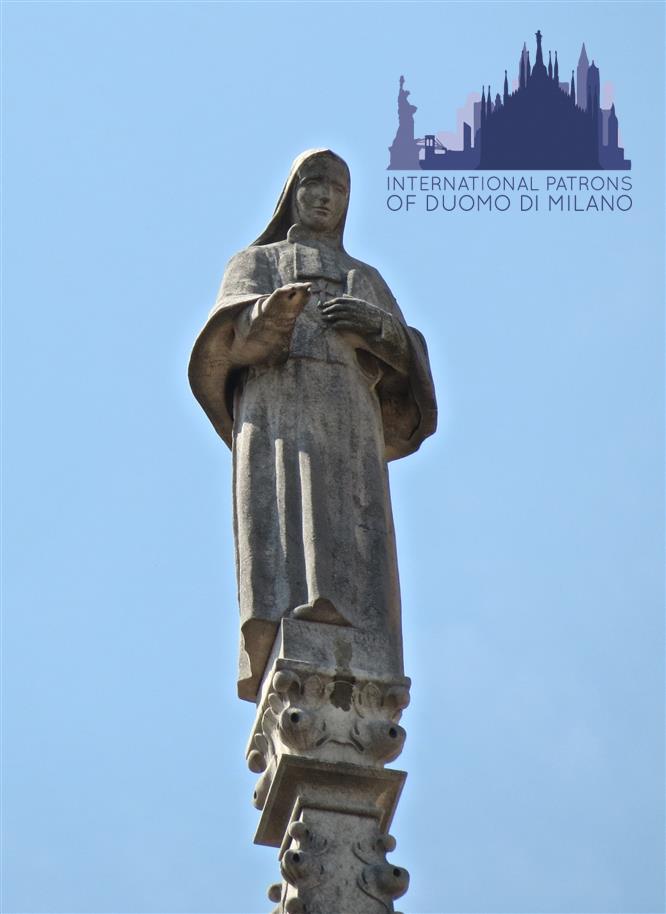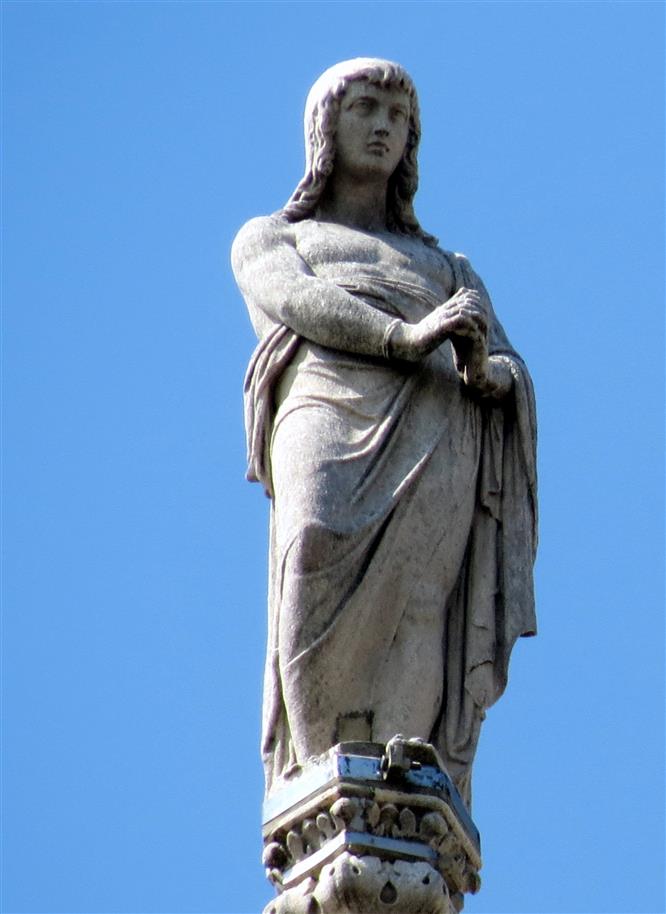This statue, which resembles a soldier, is dedicated to the Milanese. Milan has had many Captains, warriors who were the unquestioned protagonists of the city and of its changes through the centuries. One of the first adventurers worthy of note was Squarcino Borri, a loyal captain who served under Ottone Visconti in the battle of Desio. His sword brought victory to the house, and control of the city. This happened in 1277, an important date also for the Duomo, conceived by the Viscontis. These were followed by tumultuous years that witnessed the Sforzas and the Viscontis fight to control the city. Captains of the time repeatedly changed sides, as required by their profession. One of the most important Milanese leaders was certainly Bartolomeo Colleoni, also known as the “defender of Milan”, though he was unable to stop the advancement of the Sforzas. Carmagnola was even more famous for helping Filippo Maria Visconti to win back power. However, when he changed sides and moved over to the Venetians, he was found playing a double game in favour of the Milanese, and was beheaded. Stories of betrayals and of contracts: this was another aspect of the profession of arms. Then there were other captains and other adventures over the years when Milan, resenting Austrian pressure, moved towards the Unity of Italy. Indeed, leaders in the 1900s courageously defended the city against both internal and external enemies. The Duomo under construction saw hundreds of captains, standards and spoils pass by. This soldier seems to recall those forgotten stories, when legend steps in to fill memory gaps. The original statue of the Armed Warrior was produced by sculptor Giuseppe Perego in 1760. What we admire today on spire G61 is its reproduction, which dates back to ca. 1953, with some minor variants: it too is attired in armour with an attractive plume, which distinguishes him as a non-commissioned officer. The hand is not raised while he grasps an iron lance, as in Perego’s statue, but rests on the hilt of the sword, while the right hand forms a fist by his side.
THE ARMED WARRIOR
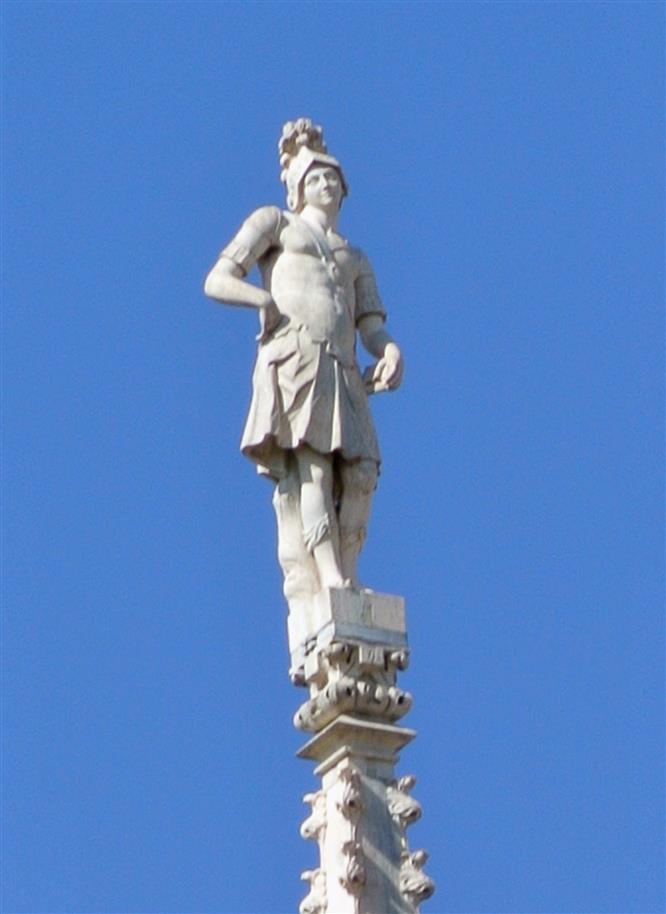
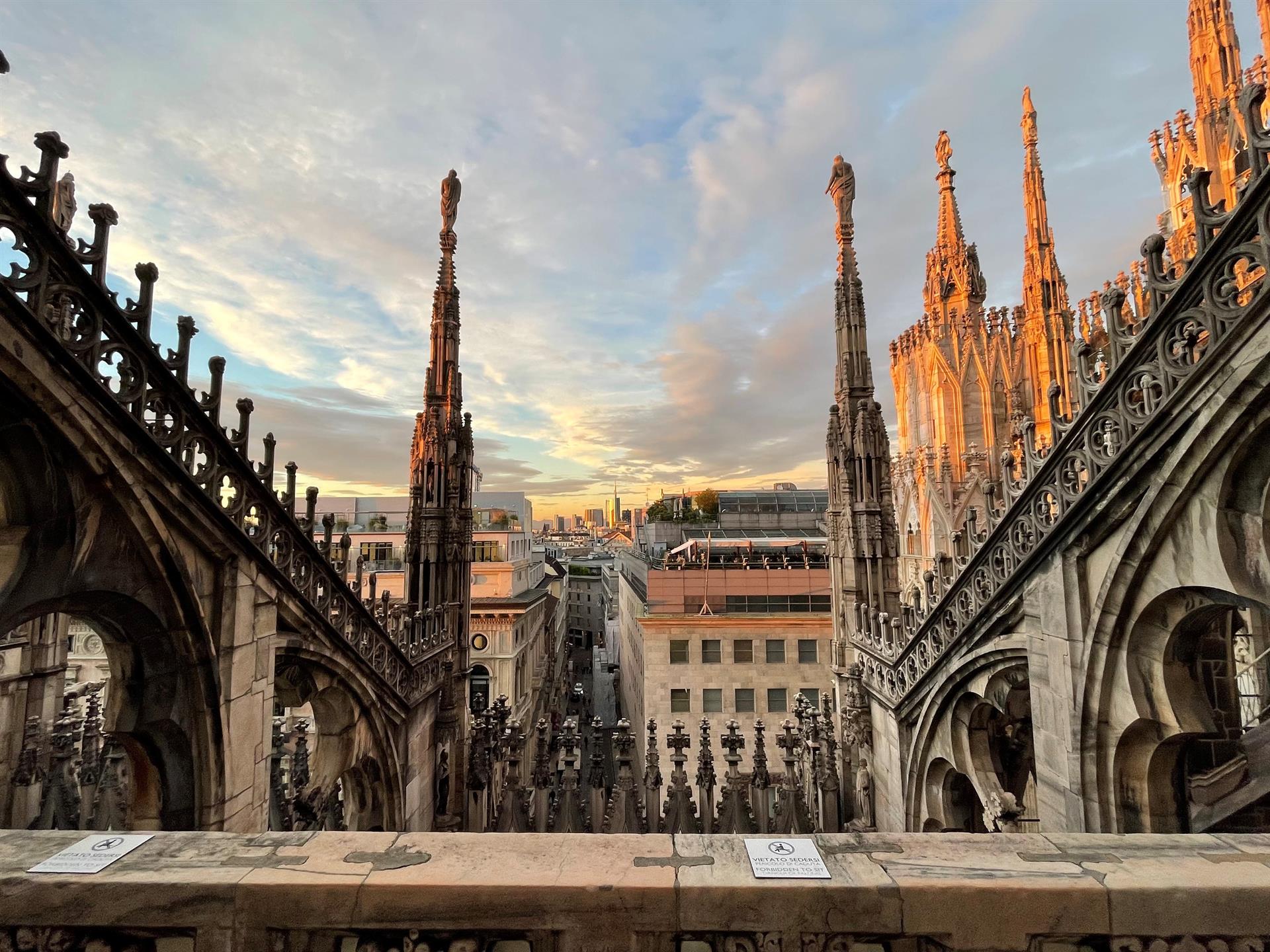
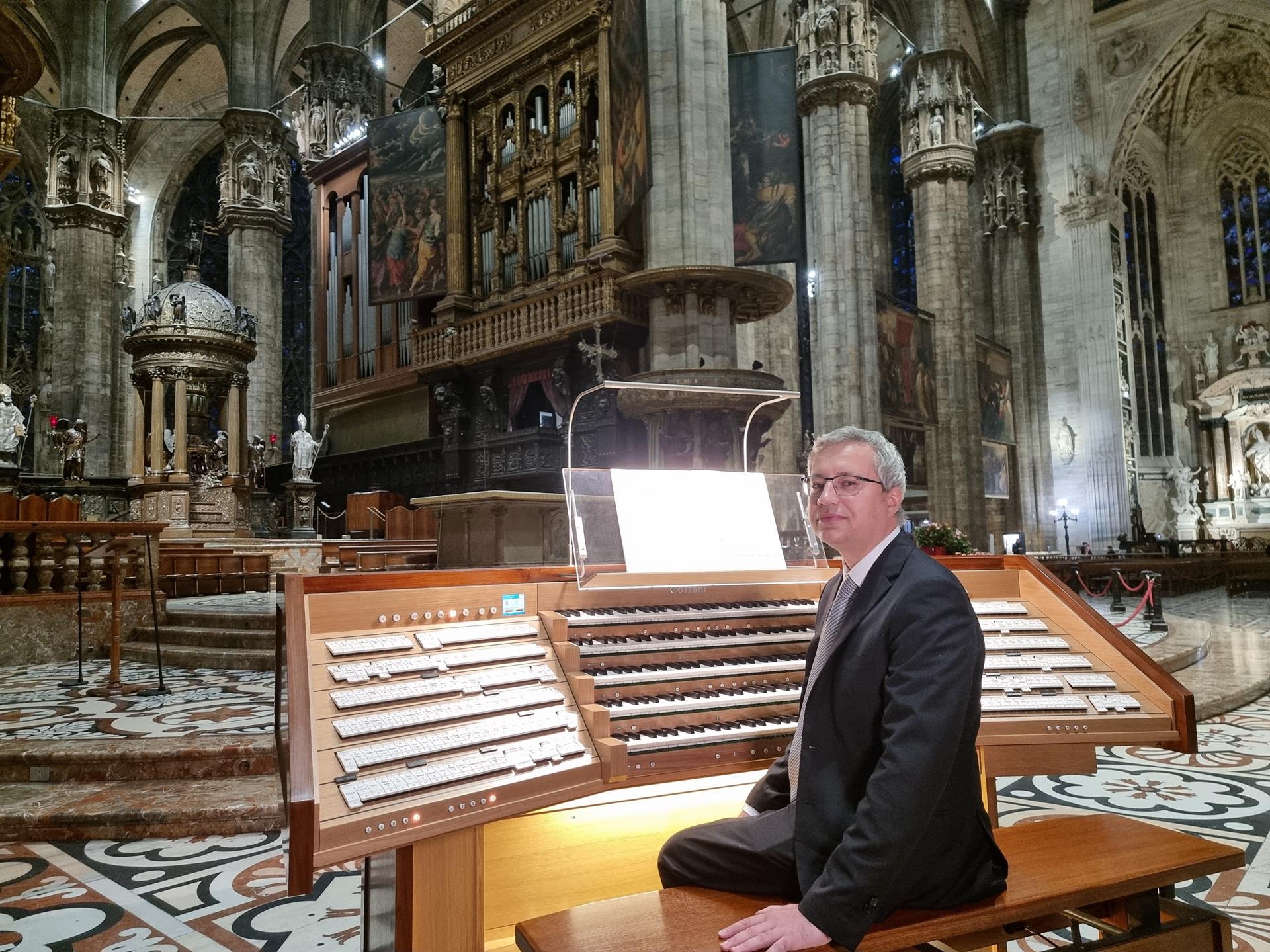
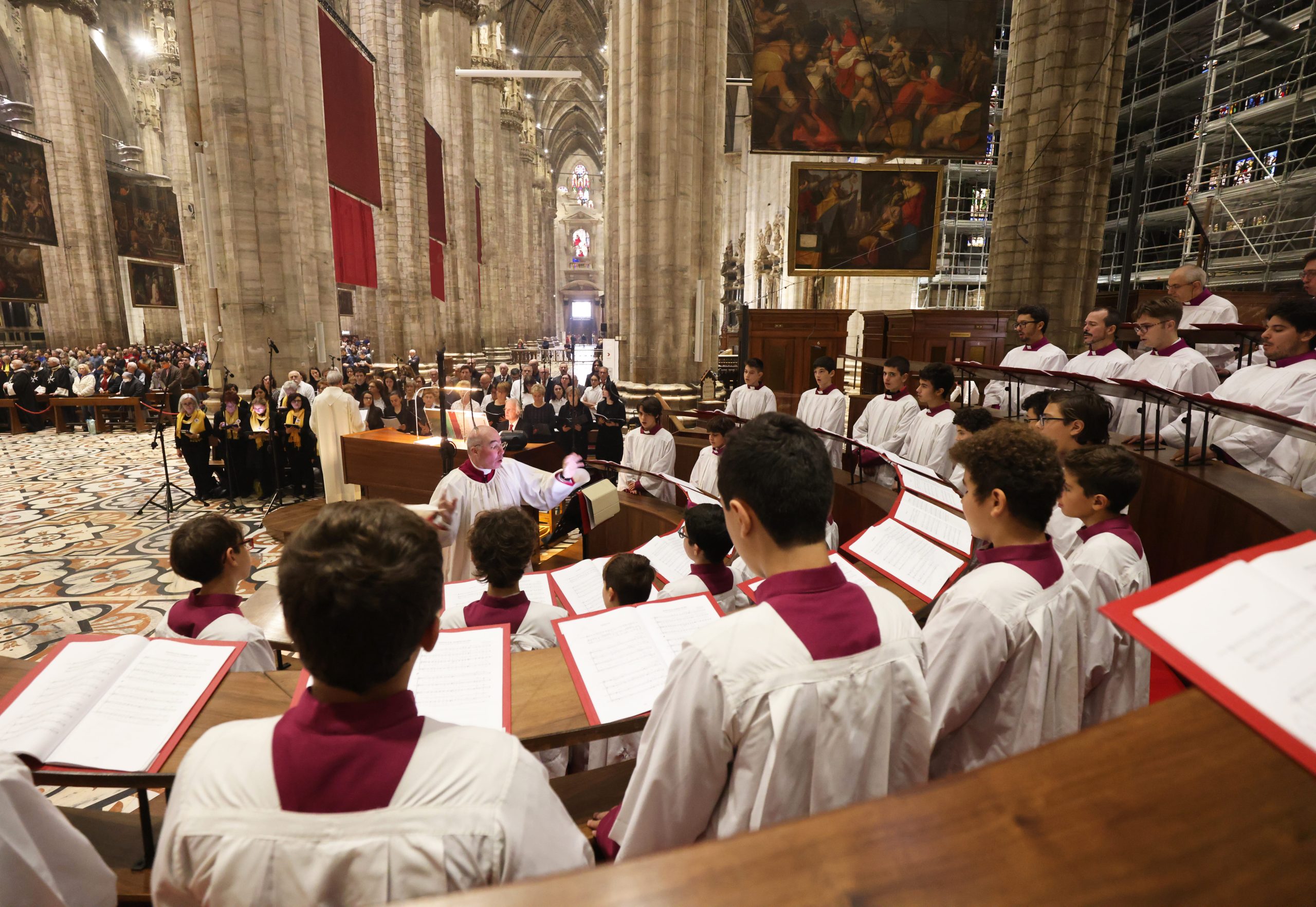
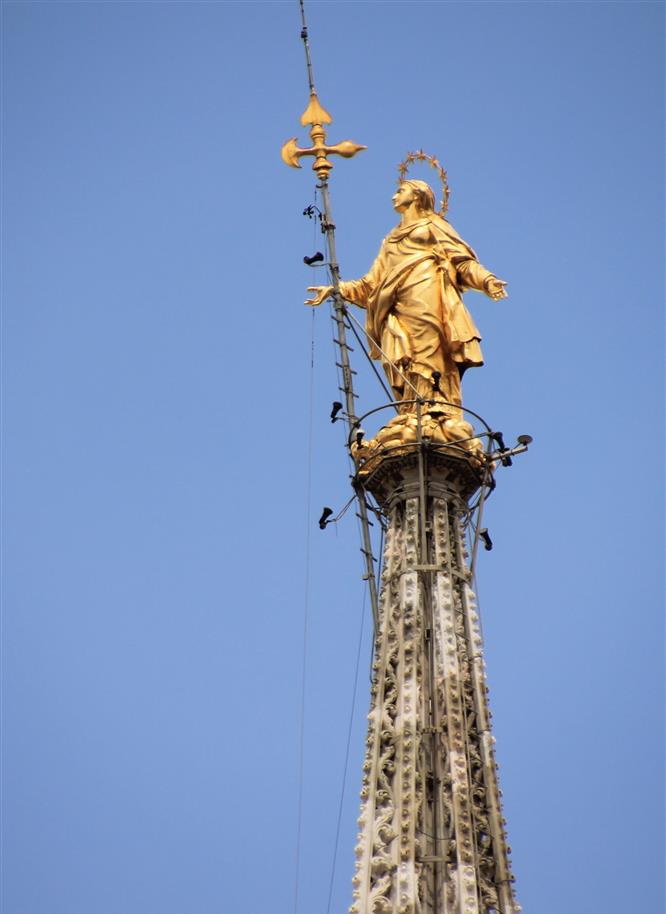
 Tiburio
Tiburio